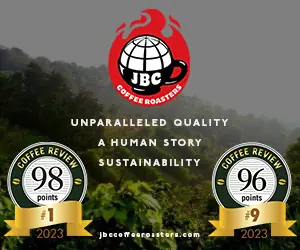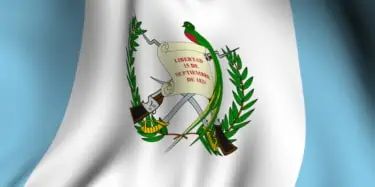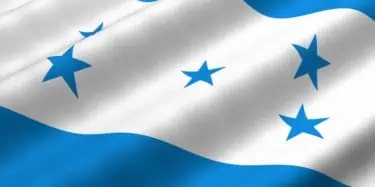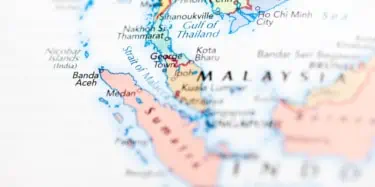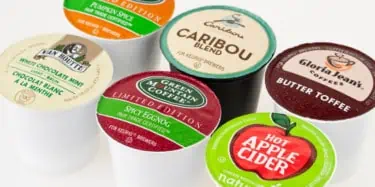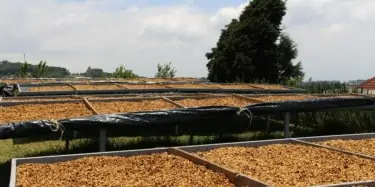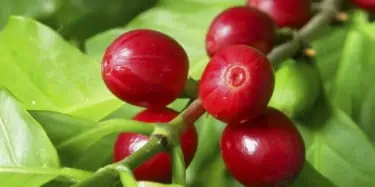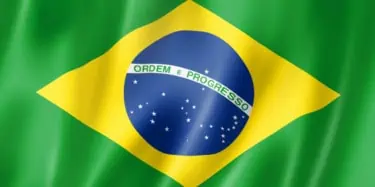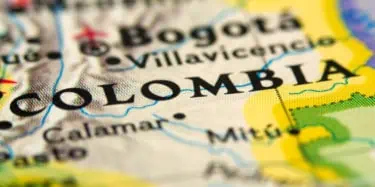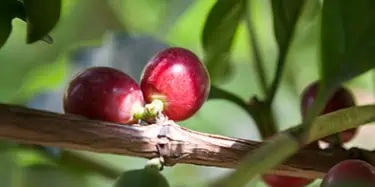The thirty Guatemala coffees we sampled for this month’s article overall were remarkably true to form for this storied and celebrated origin. For the most part they were beautifully structured and balanced, yet surprising and original in detail. Most likely it is the traditionalist nature of Guatemala coffee production – the often unpredictable mix of traditional varieties of Arabica making up
Tasting Reports – Most Recent
Coffee Review has published more than 250 monthly coffee tasting reports since February 1997. The most recent tasting reports appear below in reverse chronological order. You may narrow your search by category from the main navigation drop-downs or by using the key word search feature that appears in the page header. The content in tasting reports and associated reviews was correct at the time of publication but may not remain accurate over time.
A Focus on the Classic: Coffees of Honduras
With this review of coffees from Honduras the excitement may reside more in the story than in the cup itself. The story is how this Central American nation, long considered mainly a source of low-to-decent quality, commercial-grade coffees, has stepped up over the past five years or so and is producing significantly better coffees and more of them. Of the eighteen Honduras coffees we were able to
Better and Better: Sumatras 2013
Sumatra coffees continue to amaze. Aside from Ethiopia, I can think of no other origin currently producing fine coffees displaying as much sheer range and distinction of sensory association. But whereas Ethiopia’s range of sensory surprise is owing to a rich store of ancient plant varieties, Sumatra’s range and diversity of sensation is primarily achieved through what would seem to be some simple
Lighter and Brighter: Single-Origin Espressos
Coffees from a single farm or cooperative roasted for espresso preparation – aka “single-origin” or simply “SO” espressos – are now a familiar presence on high-end coffee menus and counters in North America, and in many East Asian countries as well. But it was not so long ago that the argument ran that a single coffee from a single origin would always be too limited in its sensory properties to
The (Not Quite Arrived) New World of K-Cups
Yesterday, according to the latest data from the National Coffee Association, thirteen percent of the U.S. population drank coffee made in a single-cup brewer. A significant portion of that thirteen percent undoubtedly used a Keurig brewer and its matching K-Cups to produce their single brewed cup. Keurig and K-Cups were the first single-cup drip-style system in the market and continue to dominate
The Andes Cup: Peru, Bolivia, Ecuador
For a couple of hours during the early preparation for this article I was haunted by the challenge to a coffee reviewer occasioned when it looks like perhaps a whole category of coffees produced by wonderful, hard-working indigenous farmers may turn out not to taste very good, meaning the reviewer might then have to face the quality-of-life vs. quality-of-coffee quandary head on. Which is
Three Trends at the Cusp of the New Year
As the New Year settles in I thought it might be worthwhile revisiting some interesting coffees recently reviewed outside the framework of our monthly review articles. All but one were reviewed in either December 2012 or January 2013, and all reflect in one way or another ongoing trends at the top end of the specialty coffee business. Kenya Endures Or more than endures; continues producing
Readers’ Nominations: Trends and Successes
Over the years we have used our annual readers’ nominations story to attempt to find and celebrate regional roasting companies whose coffees we have never reviewed before. This year we ended reviewing six coffees from companies that have never appeared in Coffee Review, and five from companies that have. Overall, we tested forty-three coffees from twenty-five regional roasting companies. Once
Holiday Coffees: Solid to Spectacular
This month’s collection of thirteen holiday coffees splits neatly into two categories: special proprietary holiday blends – suavely comfortable and balanced in profile – and an assortment of distinctive single-origin coffees, very high-rated and quite spectacular in sensory profile (and in some cases rather spectacular in price as well). In all cases these are seasonal coffees that are here for
Big Box Value Coffees
The least expensive coffees by far to be had in the U.S. are offered by the two leading big-box retail chains, Walmart and Costco. For this month’s article we tested twenty-one samples purchased from our local Walmart and Costco outlets. The coffees we found at Costco were offered in largish bulk packaging ranging from two pounds up to five, with an emphasis on whole bean and 100% Arabica. Our
Cause Coffees
The specialty coffee movement has always attracted idealists of various kinds, from those obsessed with sensory perfection – the perfect espresso shot, the perfect cup – to those who simply are looking for stuff to sell in a way that will help the world. The two idealisms are usually entwined, of course, at least in publicity materials: Do good by drinking good coffee, the websites and packages
Honey and Pulped Natural Coffees
“Honey” is a relatively new term describing coffee that has been dried with all or some of the sticky fruit pulp or “honey” (miel in Spanish) still adhering to the bean. Those familiar with coffee processing methods will, of course, recognize this practice as a kind of compromise between two more familiar processing methods: the dry or “natural” method, in which the beans are dried while entirely
Not Your Same Old Panama Coffees
It’s a tribute to how much the specialty coffee world has changed over the last ten years that the style of coffee traditionally associated with Panama – clean, soft, balanced, gently fruit- and floral-toned – hardly showed up among the coffees nominated by roasters for this month’s article. True, Panama coffees of any kind very nearly didn’t show up, given the harvest was late and our article was
Coffees of Taiwan
Citizens of the economically dynamic little island nation of Taiwan have been seriously discovering coffee over the last decade or so, as have people in many other Asian countries. This month we decided to review some of the specialty coffee production of Taiwan to share just a little of the intense explorations of fine coffee going on all over Asia. Japan, of course, has a longer coffee history
Rwanda, Burundi and Tanzania
Rwanda and Burundi, two small, mountainous, landlocked countries in Central Africa, have emerged over the last few years as significant producers of high-end specialty coffees. Both started their climb to prominence already in possession of the most fundamental ingredients for success: High growing elevations and extensive plantings of distinctive-tasting heirloom Bourbon-related varieties of
Coffees of Brazil
Perhaps the most surprising aspect of this month’s sampling of Brazil coffees may have been the absence of surprises. On the positive side, we suffered through almost none of the dismal “did anyone actually taste this coffee before they sold it?” moments that sometimes turn our cuppings into wakes rather than celebrations. This month’s Brazils tended to be clean, consistent coffees, with a mostly
Coffees of Colombia 2012
Both the dark side and the bright side of the trend toward offering select, precisely identified lots of green coffee (aka “microlots”) showed up in this month’s sampling of thirty-four coffees from Colombia. On the bright side, we cupped several precisely identified, small-lot coffees that expressed pure and subtle variations on the classic Colombia high-grown profile. On the dark side, we had
Low-Acid Coffees
True, acidity is a good thing in coffee. It provides the sweetly tart spark essential to lifting the sensory experience of a fine Arabica coffee from grainy, dull inertness to lively complexity. It signals the presence of certain organic acids with powerful anti-oxidant properties that have helped turn perception of coffee from a health threat to a health drink. Nevertheless, there are many who
Single-Variety Coffees: Aficionado Fun
This month’s reviews give consumers an opportunity to sample fourteen retail-roasted coffees that express a range of the cup character associated with specific botanical varieties of Coffea Arabica. The Arabica species, of course, produces virtually all of the world’s finest coffees. But within that species hundreds of distinct commercial varieties have developed. Coffea arabica is largely
Don’t Give Up Your Grinder: Pre-Ground Supermarket Coffees
Many years ago I was introduced at a party as “the guy responsible for messing up your kitchen counter every morning” because I had asserted in my first coffee book that the single most important thing one could do to improve one’s coffee was to grind it fresh just before brewing it. In the forty years since I’ve had many second thoughts about what I wrote in that first book, but the







